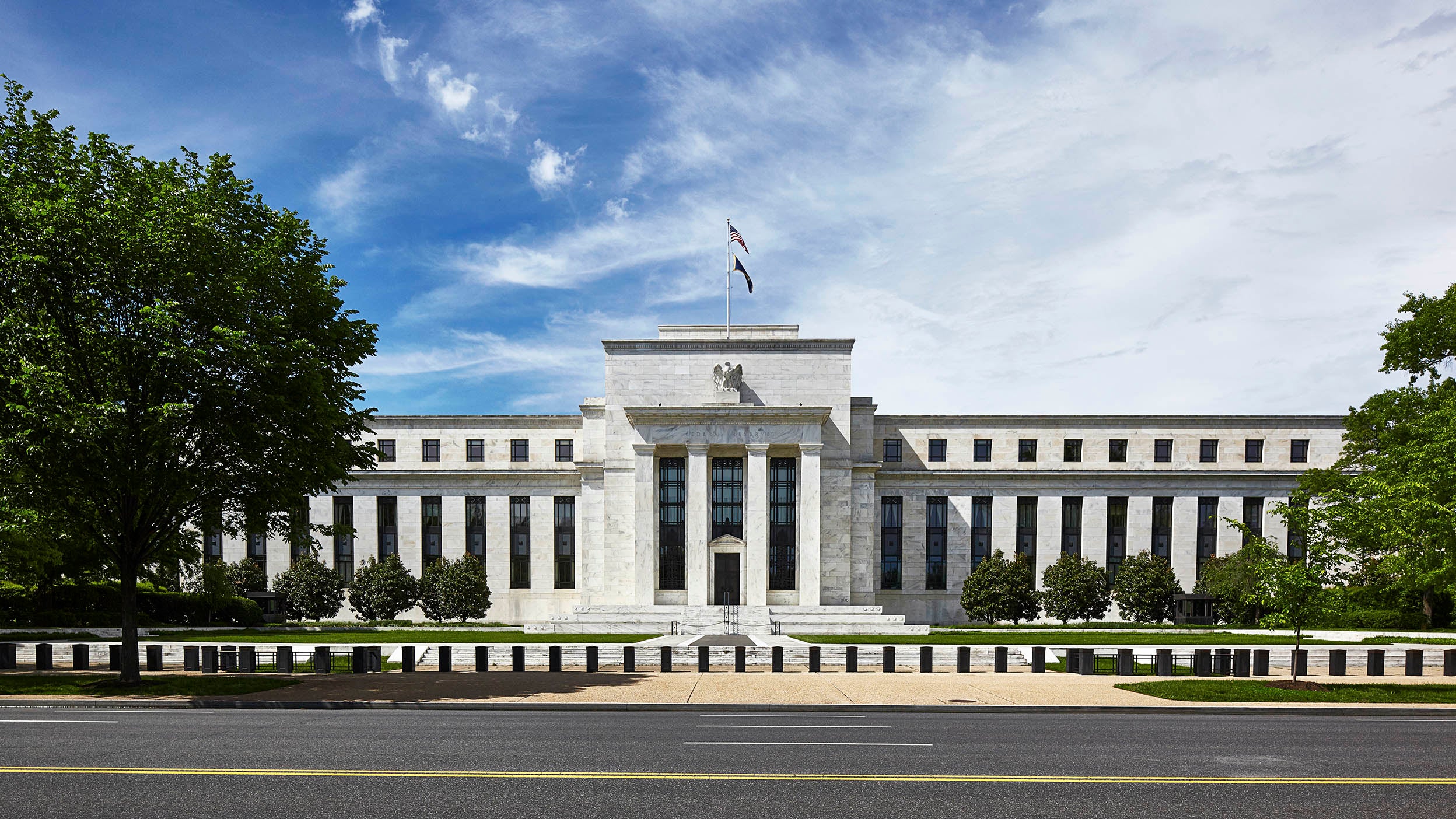
Alternatives SteelPath commentary on the midstream energy infrastructure industry
Get monthly insight from the Invesco SteelPath team on midstream industry happenings, including performance, news, and a chart of the month.
Insights on investing implications, market movements, and structural changes in a shifting world.

Heightened market volatility and uncertainty warrants a more dynamic approach to equity investing

Get monthly insight from the Invesco SteelPath team on midstream industry happenings, including performance, news, and a chart of the month.

With stabilizing property values, rebounding transactions, and significant loan maturities, now may be the time to consider private real estate lending.

With a surge in leveraged spending, concentrated market leadership, and high forward P/E ratios, there’s a risk of overstretched valuations.

If the economy reaccelerates and the Federal Reserve continues cutting interest rates, we believe value stocks could be poised for a resurgence.

Here’s a quick recap and analysis of the latest Federal Open Market Committee meeting and what it may mean for liquidity investors.

The backdrop is favorable for growth and limited inflation pressure. We’re moderately overweight in stocks, favoring value and small- and mid-caps.

Investors seeking potential income and risk-adjusted performance may want to consider private real estate credit.

We are excited to announce a new partnership designed to help investors realize the full return potential of the global economy by unlocking new opportunities in private markets.

Learn more about private markets, how they’ve evolved overtime, and reasons to invest in private markets
A selection of articles from our experts on the markets, economy, and investments.
Fresh perspectives on economic trends and events impacting the global markets.
Help your participants get more out of retirement through our innovative thinking and in-depth, proprietary research.
Explore our latest insights on investment opportunities and potential ways to use ETFs in a portfolio.
Learn about investing in ETFs, including the basics, benefits, and choosing one.
Candid conversations with fund managers, market strategists, and more.
1906217
This link takes you to a site not affiliated with Invesco. The site is for informational purposes only. Invesco does not guarantee nor take any responsibility for any of the content.